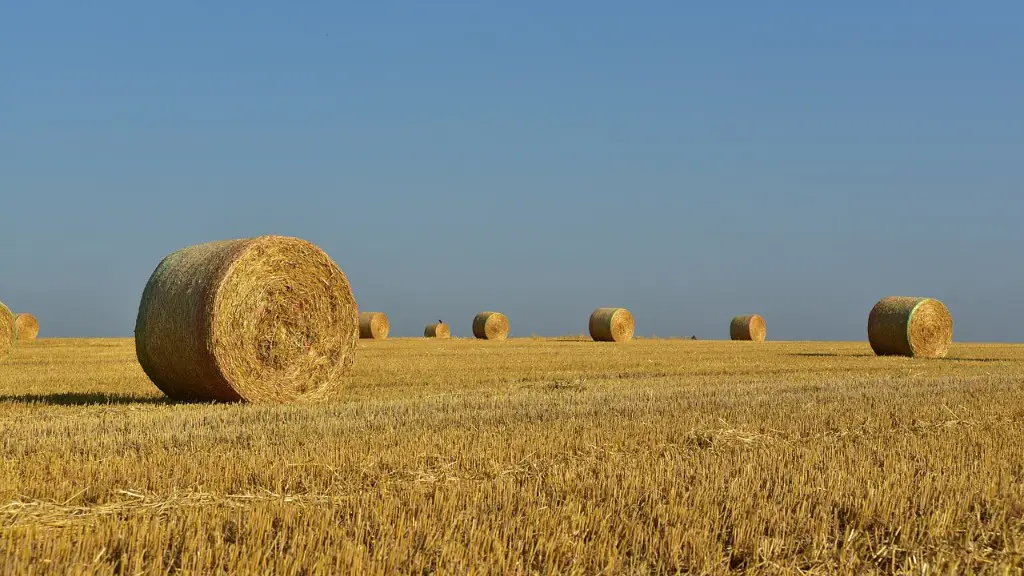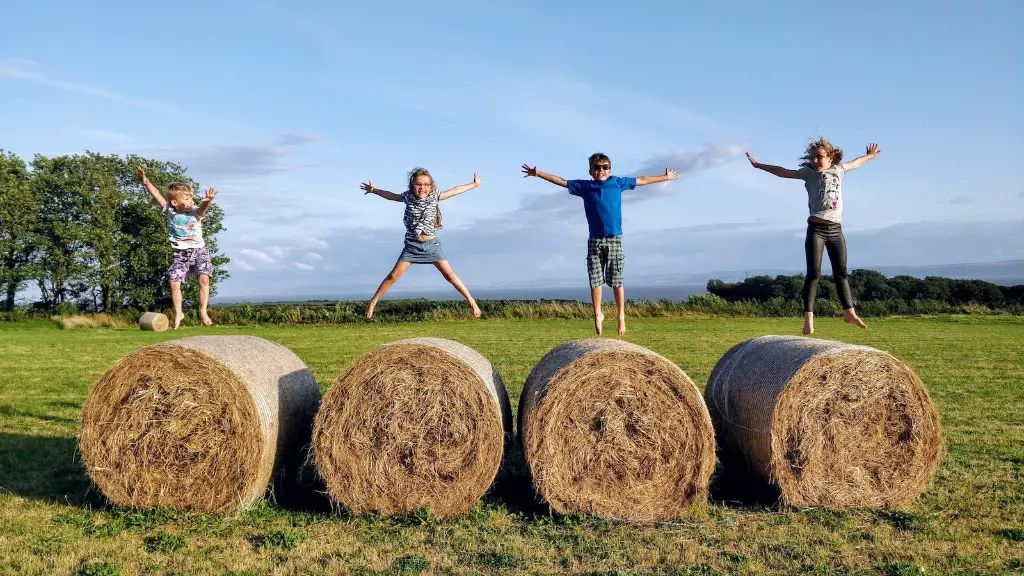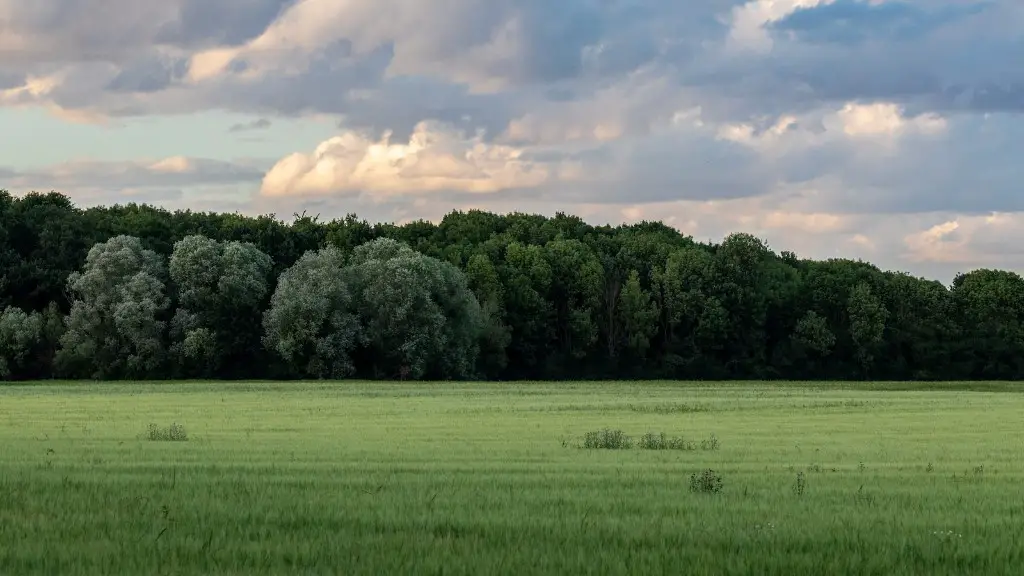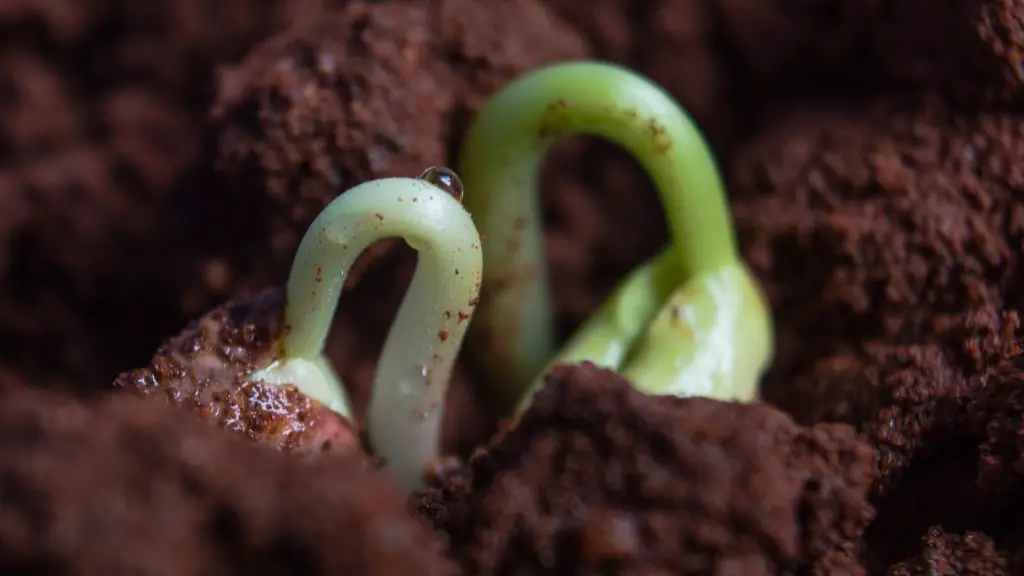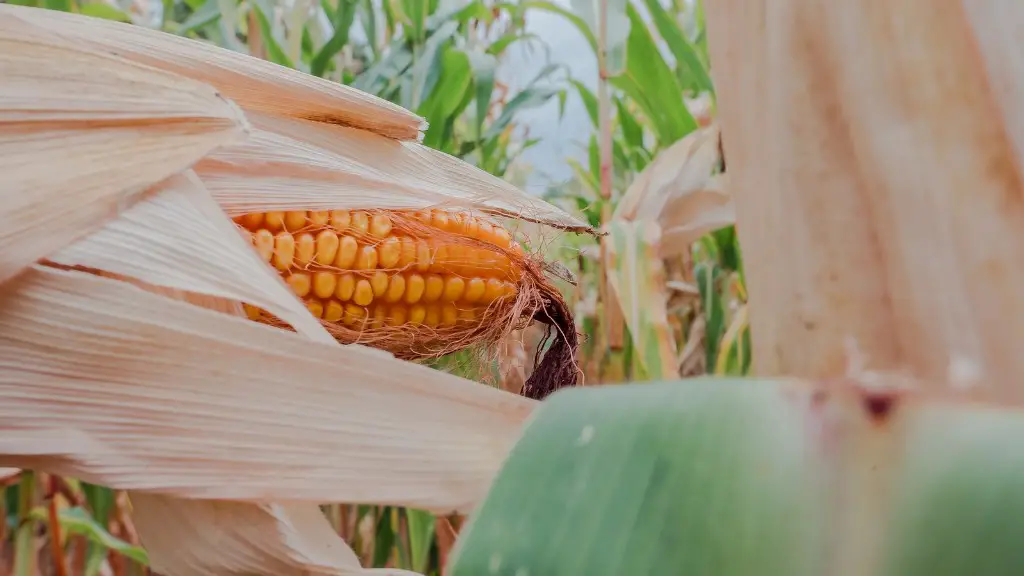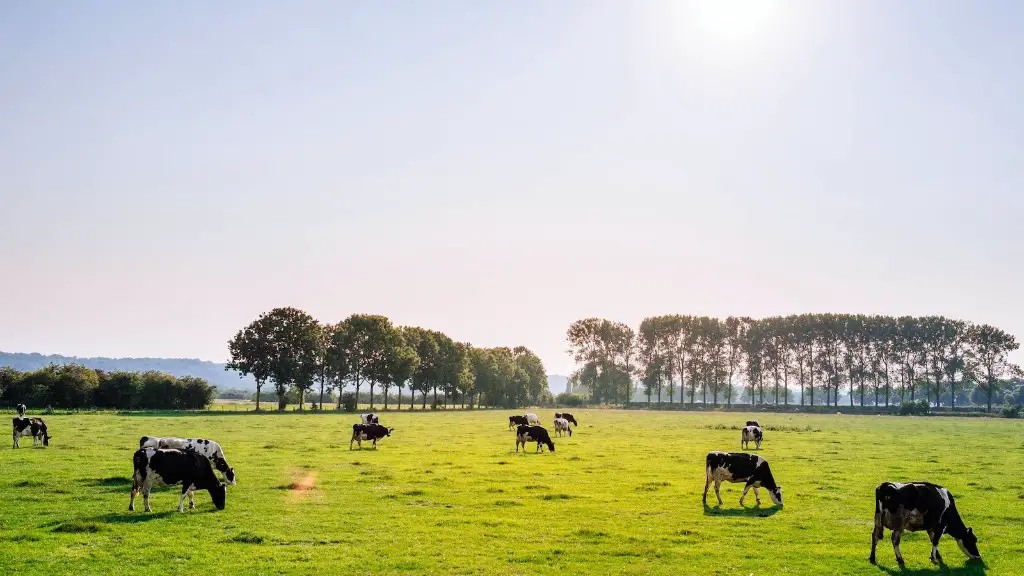Agricultural topping is a form of pruning that involves removing the taller parts of a tree’s canopy, or the top third of a woody stem’s growth to increase production or improve the visual appeal of a crop or landscape. The practice is designed to spur healthier overall growth. Topping, or “tip pruning”, is used to limit or control the size, shape, or height of trees and shrubs, as well as to thin or re-shape the canopy of a tree to reduce wind resistance and aid in crop protection.
When topping is performed, the tree’s growth rate is immediately slowed and the amount of energy devoted to the tree is likely to decrease. The leaves that were lost during the pruning process provide food to the roots, resulting in a reduced energy budget. This can lead to weakened stems and branches, as the energy has been diverted to the lower main stems of the trees. In some cases, the reduction of leaves can also cause a decline in overall tree health.
The practice of topping should be done with care and caution. If a tree is over-topped, or pruned too drastically, there is a risk of it failing, as the remaining branches may not be able to support the tree’s weight. Furthermore, over-topping can lead to an increase in decay and insect infestation, as the tree is left with open wounds. Therefore, it is important to consult a professional before topping a tree, as they can advise on the best approach.
Topping can also be a useful tool in moderating the growth and size of fruit trees, row crops, and ornamental plants. This method is particularly effective with fruit and nut trees, as the practice removes some of the more difficult to prune branches and reduces the inner foliage, leading to better fruit production and a higher quality of fruit. Additionally, topping can stimulate new growth, enabling the tree to produce more fruit in the following season.
When done correctly, topping isa low-impact and cost-effective way to help maintain the health and productivity of a crop or landscape. However, it is important to take the necessary precautions and consult a professional if necessary, to ensure the practice is used to its full potential.
What is topping used for?
The practice of topping can be used in a variety of ways to enhance the health and productivity of a crop or landscape.
Topping can be used to control the size and shape of trees, reduce wind resistance, and aid in crop protection. The practice can also help to decrease the amount of energy devoted to the tree and moderate the growth of fruit and nut trees. Additionally, topping can provide an effective way to stimulate new growth and increase the production of high-quality fruit.
Topping should be undertaken with caution, as it can lead to weakened branches and tree decline in some cases. It is important to select a professional to help with the process to ensure the desired results are achieved.
How does topping affect the health of crops and landscapes?
Topping affects the health of crops and landscapes in a variety of ways. The practice is designed to improve the production of a crop or landscape, as it encourages new growth and better fruit production.
However, topping should be done with caution. If a tree is over-topped, there is a risk of it failing, as the branches may be unable to support the tree’s weight, leading to weakened stems and branches. Additionally, over-topping can lead to an increased rate of decay and insect infestation, as the tree is left with open wounds.
It is important to seek professional advice before topping a tree to ensure the practice is undertaken in the correct manner and the desired results are achieved.
What methods are used to top trees?
Topping a tree can be achieved using various methods. The most common method of topping is to remove the taller parts of the tree’s canopy, or the top third of a woody stem’s growth. Alternatively, pruning or thinning of the canopy can also be used to achieve this.
When topping a tree, it is important to ensure the practice is undertaken with care and caution. If a tree is over-topped, the tree can become unstable, resulting in weakened stems, branches and trunk. Furthermore, the rate of decline and insect infestation can increase if the tree is left with open wounds.
It is also important to select a professional to help in the topping process to ensure the practice is carried out correctly and the desired results are achieved.
What are the benefits of topping?
Topping can bring a number of benefits to a crop or landscape. The practice can reduce the size, shape and height of trees, as well as improve the visual appeal of a crop or landscape.
It can also help to increase production, as well as reduce the amount of energy devoted to the tree and stimulate new growth. Additionally, topping can help with crop protection and aid in the production of high-quality fruit.
Therefore, topping can be a useful tool in moderating the growth and size of fruit trees, row crops and ornamental plants, and can provide a low-cost way to maintain the health and productivity of a crop or landscape.
What precautions should be taken when topping?
When topping a tree, it is important to take the necessary precautions to ensure the practice is used effectively and minimise the risk of damage to the tree.
The practice should always be done with care and caution. It is important to consult a professional before topping, as they can advise on the best approach for the tree.
When topping, it is important to select the correct tool for the job and ensure that the tree is over-topped. If a tree is over-topped, there is a risk of the tree failing, as the branches may not be able to support the tree’s weight. Additionally, the open wounds left can lead to an increased rate of decay and insect infestation.
Therefore, topping should be undertaken with care to ensure the desired results are achieved and the health of the tree is maintained.
